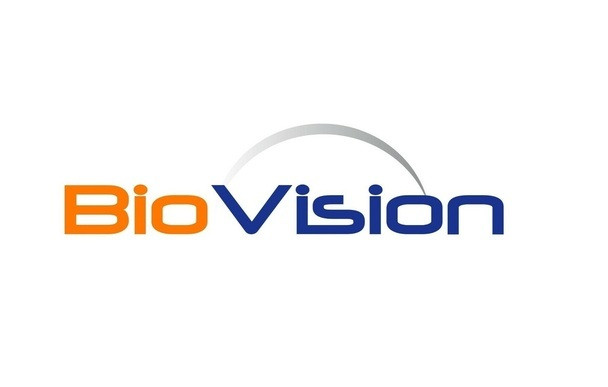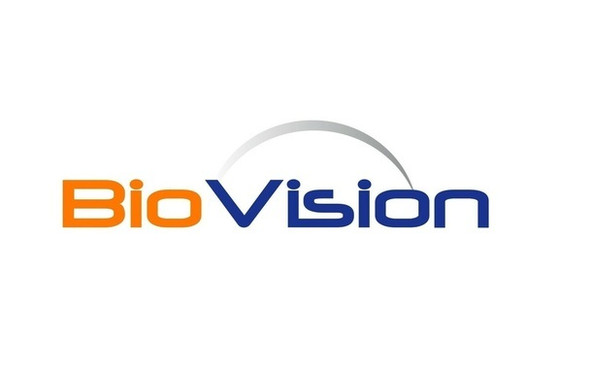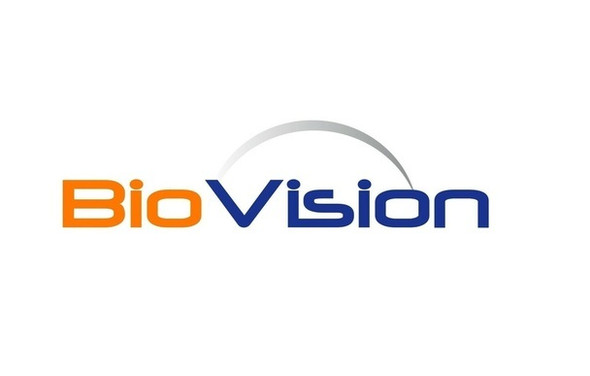Biovision
Human CellExp™ CTLA4/CD152, human recombinant
- SKU:
- 26-7476
- Availability:
- Usually Shipped in 5 Working Days
- Storage Temperature:
- -20°C
- Shipping Conditions:
- Gel Pack
- Shelf Life:
- 12 months
Description
Biomolecule/Target: CTLA4/CD152
Synonyms: CTLA4, CD152, CELIAC3, GRD4, GSE, ICOS, IDDM12
Alternates names: CTLA4, CD152, CELIAC3, GRD4, GSE, ICOS, IDDM12
Taglines: A protein receptor that downregulates the immune system.
Taglines: USA
Country of Animal Origin: USA
NCBI Gene ID #.: 1493
NCBI Gene Symbol: CTLA4
Gene Source: Human
Accession #: P16410
Recombinant: Yes
Source: HEK293 cells
Purity by SDS-PAGE #: ≥95%
Assay: SDS-PAGE
Purity: N/A
Assay #2: N/A
Endotoxin Level: <1 EU/μg by LAL method
Activity (Specifications/test method): N/A
Biological activity: Measured by its binding ability in a functional ELISA. Immobilized Human CTLA4 Protein (Catalog # CT4-H5229) at 2 μg/ml (100 μl/well) can bind rhB7-1/ CD80 Protein Fc Chimera (Catalog # B71-H5259) with a linear range of 0.2 - 20 ng/ml, when detected by HRP labeled Goat anti Human IgG Fc PAb. Measured by its binding ability in a functional ELISA. Immobilized Human CTLA4 Protein (Catalog # CT4-H5229) at 1 μg/ml (100 μl/well) can bind rh PD-L1 /B7-H1 /CD274 Protein Fc Chimera (Catalog # PD1-H5258) with a linear range of 20 - 200 ng/ml, when detected by HRP labeled Goat anti Human IgG Fc PAb.
Results: Measured by its binding ability in a functional ELISA. Immobilized Human CTLA4 Protein (Catalog # CT4-H5229) at 2 μg/ml (100 μl/well) can bind rhB7-1/ CD80 Protein Fc Chimera (Catalog # B71-H5259) with a linear range of 0.2 - 20 ng/ml, when detected by HRP labeled Goat anti Human IgG Fc PAb. Measured by its binding ability in a functional ELISA. Immobilized Human CTLA4 Protein (Catalog # CT4-H5229) at 1 μg/ml (100 μl/well) can bind rh PD-L1 /B7-H1 /CD274 Protein Fc Chimera (Catalog # PD1-H5258) with a linear range of 20 - 200 ng/ml, when detected by HRP labeled Goat anti Human IgG Fc PAb.
Binding Capacity: N/A
Unit Definition: N/A
Molecular Weight: This protein is fused with 6×his tag at the C-terminus, and has a calculated MW of 14.3 kDa. The predicted N-terminus is Ala 37. DTT-reduced Protein migrates as 25 kDa in SDS-PAGE due to glycosylation.
Concentration: N/A
Appearance: Lyophilized
Physical form description: Lyophilized from 0.22 μm filtered solution in PBS, pH 7.4. Normally Mannitol or Trehalose is added as protectants before lyophilization.
Reconstitution Instructions: Centrifuge the vial prior to opening. Reconstitute in sterile PBS, pH 7.4 to a concentration of 50 µg/ml. Do not vortex. This solution can be stored at 2-8°C for up to 1 month. For extended storage, it is recommended to store at -20°C.
Background Information: CTLA-4 (Cytotoxic T-Lymphocyte Antigen 4) is also known as CD152 (Cluster of differentiation 152), is a protein receptor that downregulates the immune system. CTLA4 is a member of the immunoglobulin superfamily, which is expressed on the surface of Helper T cells and transmits an inhibitory signal to T cells. The protein contains an extracellular V domain, a transmembrane domain, and a cytoplasmic tail. Alternate splice variants, encoding different isoforms. CTLA4 is similar to the T-cell co-stimulatory protein, CD28, and both molecules bind to CD80 and CD86, also called B7-1 and B7-2 respectively, on antigen-presenting cells. CTLA4 transmits an inhibitory signal to T cells, whereas CD28 transmits a stimulatory signal. Intracellular CTLA4 is also found in regulatory T cells and may be important to their function. T cell activation through the T cell receptor and CD28 leads to increased expression of CTLA-4, an inhibitory receptor for B7 molecules. Fusion proteins of CTLA4 and antibodies (CTLA4-Ig) have been used in clinical trials for rheumatoid arthritis.
Amino acid sequence: N/A
Handling: Centrifuge the vial prior to opening.
Usage: For Research Use Only! Not to be used in humans






